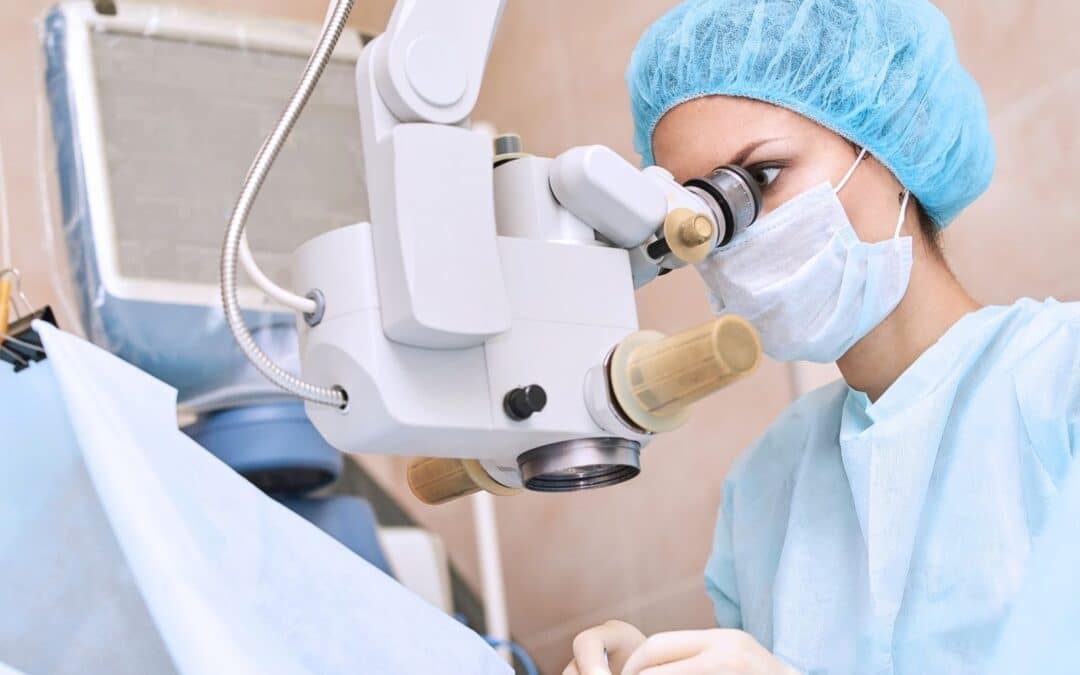LASIK surgery involves reshaping the cornea using advanced technology. While generally safe, risks include visual abnormalities.
(LASIK Surgery Risks and Complications: What Patients Need to Know)
Types of Visual Abnormalities After LASIK Surgery
Patients may experience:
- Halos: Rings or circles around lights, affecting nighttime vision. Halos can be caused by residual refractive error or corneal irregularities. In some cases, halos may be temporary, resolving on their own. However, persistent halos require medical attention. Untreated halos can lead to decreased night vision.
- Glare: Sensitivity to light, impacting daily activities. Glare can be caused by dry eye syndrome or corneal irregularities. Patients may experience glare while driving or reading. Treatment options include medication or corrective lenses. Glare can also be exacerbated by environmental factors.
- Double vision: Seeing double or experiencing blurred vision. Double vision can be caused by surgical complications or residual refractive error. Double vision can significantly impact daily life, affecting work and social activities. In severe cases, double vision can lead to depth perception issues.
- Starbursts: Radiating lines or flashes around lights. Starbursts can be caused by corneal irregularities or residual refractive error. In some cases, starbursts may be a sign of underlying conditions. Starbursts can also be temporary.
Causes of Visual Abnormalities After LASIK Surgery
Several factors contribute to visual abnormalities:
- Residual refractive error: Undercorrection or overcorrection of vision problems. Residual refractive error can be caused by inaccurate measurements or surgical complications. Treatment options include corrective lenses or additional surgery. Residual refractive error can be minimized with proper pre-operative evaluation.
- Dry eye syndrome: Insufficient tear production or poor tear quality. Dry eye syndrome can cause glare, halos, or double vision. Treatment options include medication, artificial tears, or punctal plugs. Dry eye syndrome can be managed with lifestyle changes.
- Corneal irregularities: Abnormal corneal shape or thickness. Corneal irregularities can cause halos, glare, or double vision. Treatment options include corrective lenses or corneal transplantation. Corneal irregularities can be detected with regular follow-up appointments.
- Surgical complications: Instrument malfunction or human error. Surgical complications can cause visual abnormalities, requiring additional surgery or corrective lenses. Surgical complications can be minimized with proper training.
Signs and Symptoms of Visual Abnormalities
Patients may experience:
- Difficulty driving at night: Halos, glare, or double vision can impact nighttime vision. Patients may struggle with driving or reading in low-light conditions. Nighttime driving difficulties can increase the risk of accidents.
- Sensitivity to light: Glare or starbursts can cause sensitivity to light. Patients may experience discomfort or pain in bright environments. Sensitivity to light can impact daily activities.
- Blurred vision: Double vision or residual refractive error can cause blurred vision. Patients may struggle with daily activities. Blurred vision can impact work performance.
- Eye strain: Dry eye syndrome or corneal irregularities can cause eye strain. Patients may experience headaches or fatigue. Eye strain can impact daily productivity.
Seeking Medical Attention and Legal Guidance
If experiencing visual abnormalities, patients should:
- Consult their surgeon: Discuss concerns and potential treatment options. Surgeons can provide guidance on managing visual abnormalities. Follow-up appointments are crucial.
- Seek a second opinion: Consult with another medical professional for an unbiased assessment. Second opinions can provide new perspectives on treatment. Second opinions can also confirm diagnoses.
- Document symptoms: Keep a record of visual abnormalities, medication, and any changes. Accurate documentation ensures effective treatment. Documentation also supports potential legal claims.
- Consult with experienced Chicago personal injury attorneys: Discuss potential medical malpractice claims and compensation. Attorneys can provide guidance on navigating the legal process.
Conclusion
Visual abnormalities after LASIK surgery can significantly impact daily life. Understanding causes, symptoms, and Chicago personal injury claims is crucial. If you’re looking for an experienced Chicago personal injury lawyer to help navigate your personal injury claim, we will fight assiduously for your right to the compensation you deserve. Call Bizzieri Law Offices at 773.881.9000. The case evaluation is free, and we never charge a fee unless we recover damages for you.

